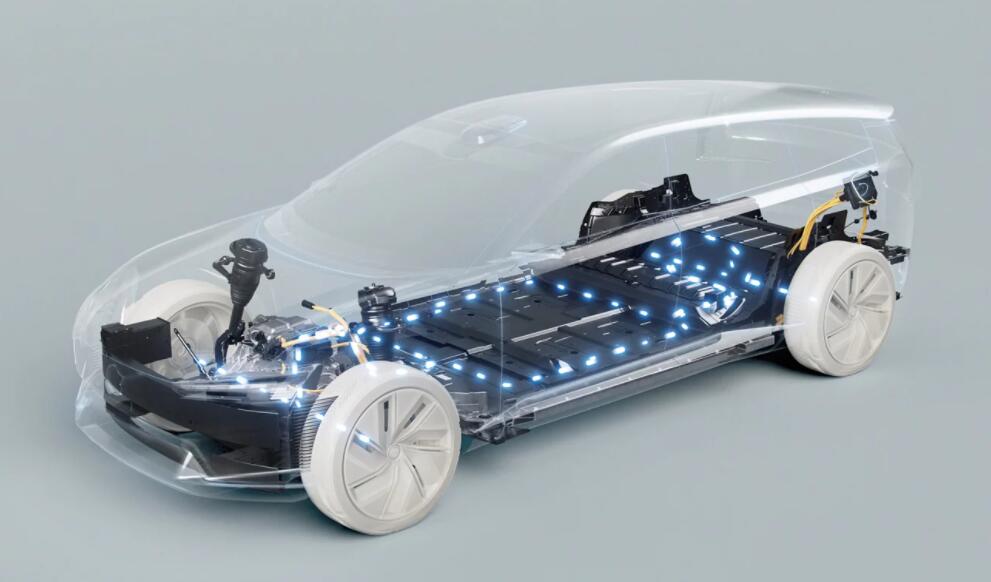With China now having three times as many NEVs as charging facilities, the difficulty of charging was once again highlighted during the holiday season.

(Image credit: CnEVPost)
As the new energy vehicle (NEV) industry began to grow rapidly, the charging challenges faced by electric vehicle (EV) owners during China's National Day holiday last year first drew widespread attention. The issue was highlighted once again during the just-ended Chinese New Year holiday.
In a report today, local media outlet Yicai described the charging difficulties faced by EV owners driving long distances during the holiday, saying the energy replenishment system is once again seeing challenges.
With far more vehicles than charging piles, the concentration of user trips during the Chinese New Year puts greater demands on the energy replenishment system, the report said.
With the predictable high volume of travel and replenishment demand, several vehicle makers have taken steps to mitigate the problems caused by the concentration of user travel.
Nio's road service team was serving vehicle owners and maintaining order at charging stations and battery swap stations along highways, the report quoted the company as saying.
Xpeng Motors also provided services including energy replenishment and maintenance at some highway service areas, and opens its charging piles to other brands of vehicles, the report said.
Notably, Nio's charging stations have always been open to other brands. Data released by the company on Monday showed that its charging stations provided 104,792 services during the holiday, with 71.4 percent of the power used to service other brands of EVs.
For the energy replenishment problem for NEVs during holidays, none of the car companies have a good solution at the moment, Yicai's report said.
Tesla's customer service said users need to wait in line and there is no other solution for now. Li Auto's customer service said users can use hybrid mode for long-distance travel to increase range. Nio's customer service said the company offers multiple ways to replenish energy and provides mobile charging vehicles in service areas to reduce queues, according to the report.
According to China's Ministry of Public Security, by the end of 2021, the number of NEVs reached 7.84 million, including 6.4 million pure-play EVs.
Data from the China Electric Vehicle Charging Infrastructure Promotion Alliance shows that China's charging infrastructure ownership stood at 2.617 million units by the end of 2021, an increase of 70.1 percent year-on-year.
This means that the ratio of NEVs to charging piles is about 3:1.
Yicai cited a report by automotive website Dongchedi that 67.08 percent of users would consider driving pure-play EVs back to their hometowns only when their actual range exceeds 600 kilometers.
Chinese New Year holiday: No break for workers at EV battery makers



